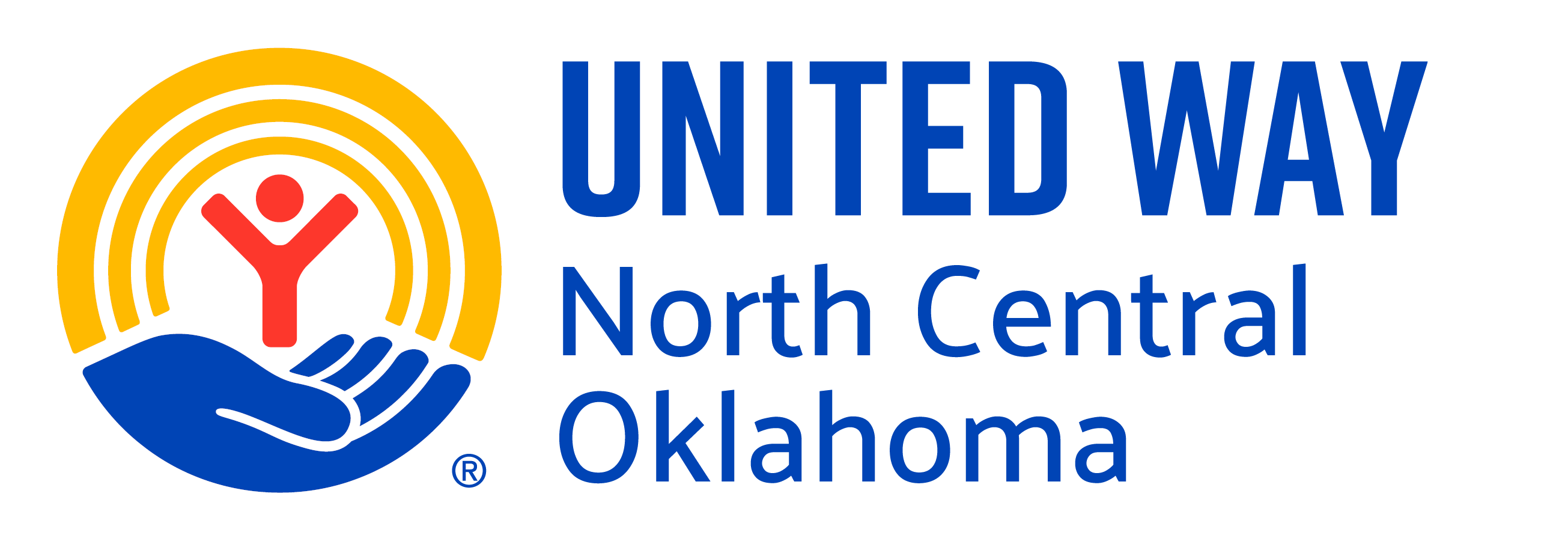
RESILIENCE IN READINESS: 5 easy steps to start now
With Version's support, United Way is working to help you be better prepared for any disaster. This guide is a collection of experts' advice, curated from the Nations' best emergency guides.
We've made it simple. Here are 5 low- or no-cost steps to prepare yourself, your family, your business, and your community for disaster. Taking action now will give you peace of mind - and save you recovery time, energy, and money when disaster strikes. No one can predict the future, but each of us can take steps to prepare for the unknown. For more detail on these five steps, download the full tip sheet below.
Identify your support network and key emergency contacts
Add their numbers to your mobile device (smartphone or tablet) - categorized as an emergency contact - and make sure they have yours. After you have your support network and key emergency contacts in your phone, call them. Make sure they have your information. Talk about what to expect in an emergency. This can be an uncomfortable conversation with friends, neighbors, and family.
Get connected
Make sure your phone is enabled to get local alerts and warnings. When emergencies strike, public safety officials use these systems to alert you. Back when you set up your phone, you may not have been thinking about emergency alerts. But think about it now! It's easy to make sure your phone is enabled to receive local alerts and get warnings. And it matters: when emergencies strike, public safety officials use wireless emergency alerts to "ping" all enabled mobile devices in that community.
You can also download an app for disaster preparedness. Check to see if your local TV station (that has a meteorologist) has an app or save their URL in your Favorites on your mobile device and laptop/desktop computer.
Assess Your Needs
This includes the needs of your family and friends. Take action to meet those needs now. Add your medical information to your phone (this article tells you how). Build an emergency essentials kit for your home and a "go bag" for your car. Keep a (charged) power bank in each. it can be hard to think about what you may need during a crisis, so think about it now. Ask yourself questions about your medical needs, animal care, shelter, food, water, clothing, and more.
Safeguard key records and document valuables
Use your phone to take photos of key documents and document valuables. Keep electronic copies of these important documents in a password-protected format on a removable flash or external hard drive in your fireproof and waterproof box or safe — or consider using a secure cloud-based service. Once a year, walk around your house with your camera to record (and narrate) a visual list of your valuables to give value estimates, for insurance purposes. Save this where you save your other important digital records.
Engage your support network
Now that you've taken these steps, make sure your family has done the same. Check in with your closest friends and extended family to share these tips. Discuss who may need extra help and designate someone to get to them in an emergency. Check yourself and each other, asking yourself if:
- I have created a support network of family, friends, caregivers, fellow congregants at my place of worship, and others who can assist me during an emergency.
- I have shared my emergency plan with my support network.
- My support network is aware of any specific needs I have.
- Someone in my support network has an extra key to my home, knows where I keep my emergency supplies, and knows how to use life saving equipment and administer medicine.
- I know my clinic/hospital's emergency plans and have identified backup health providers.
- My support network and I are informed about local emergency alerts and updates.
- I have or will try to participate in a community preparedness event or initiative.
